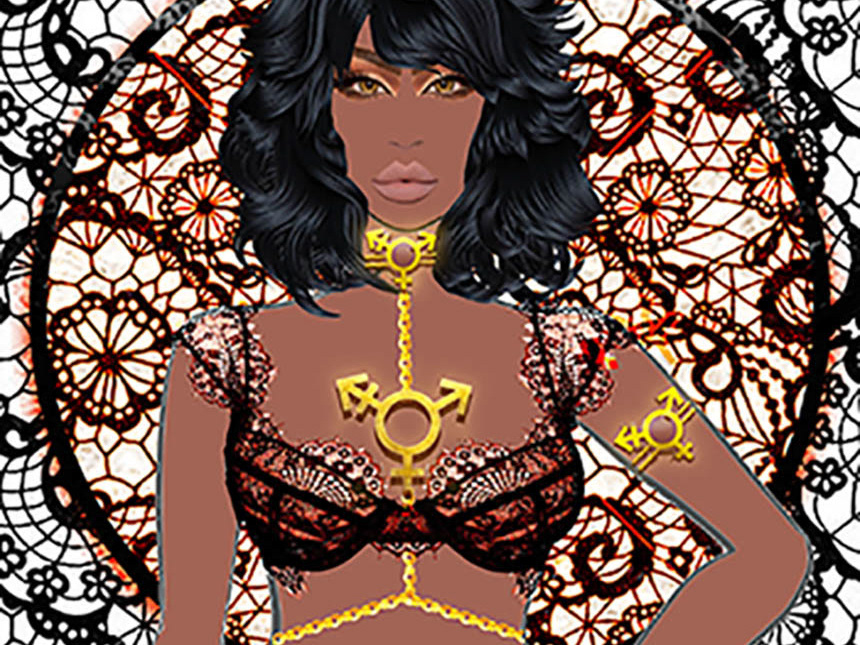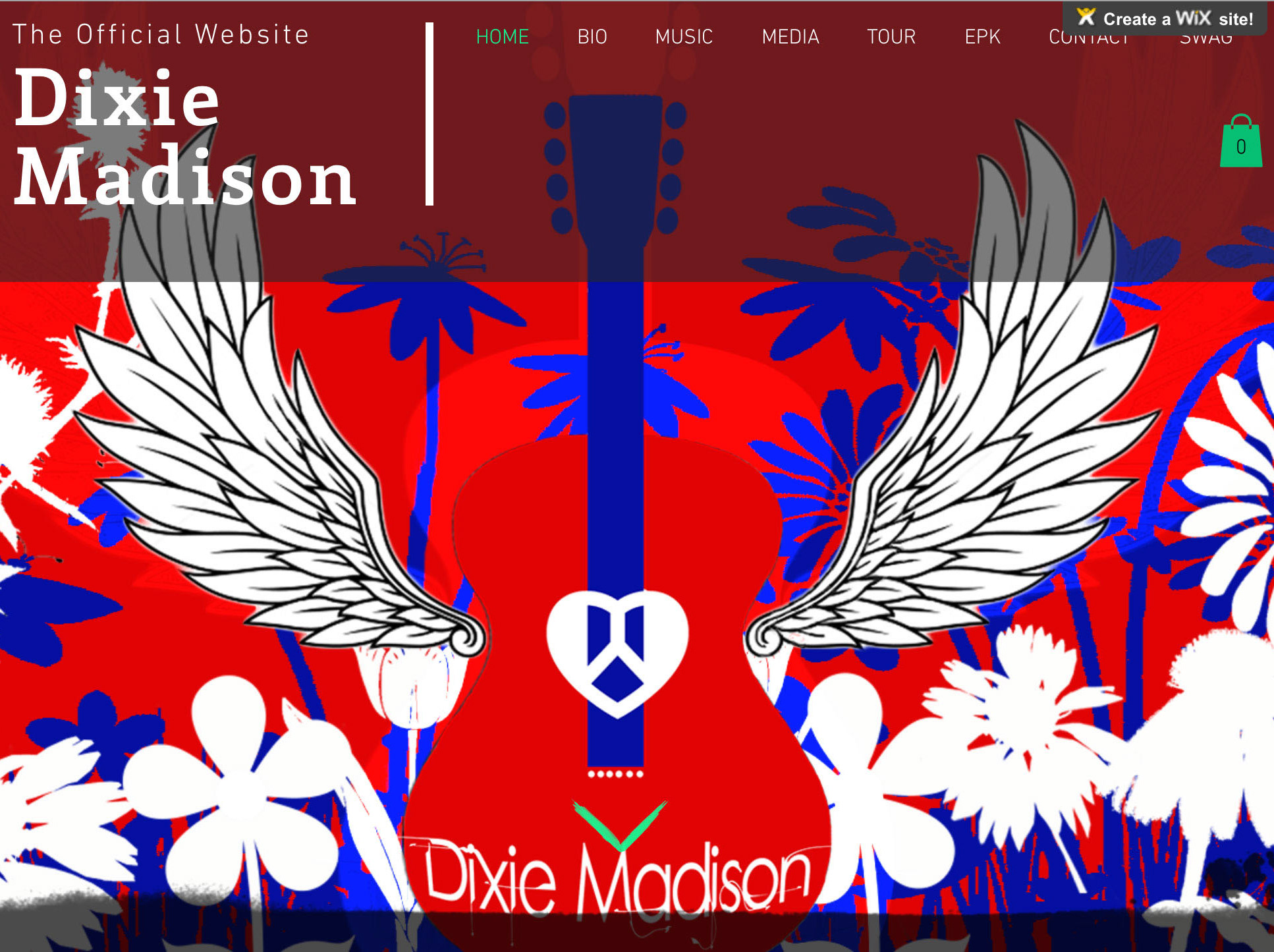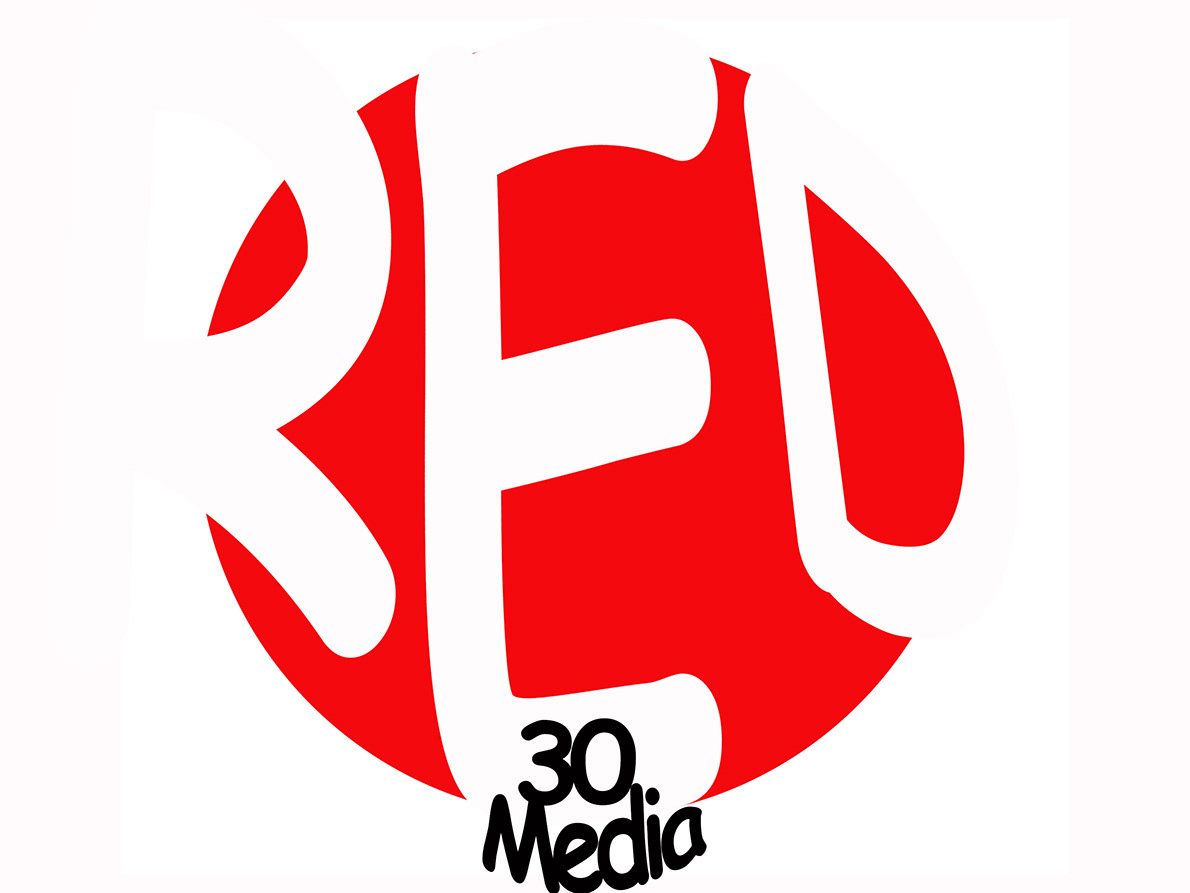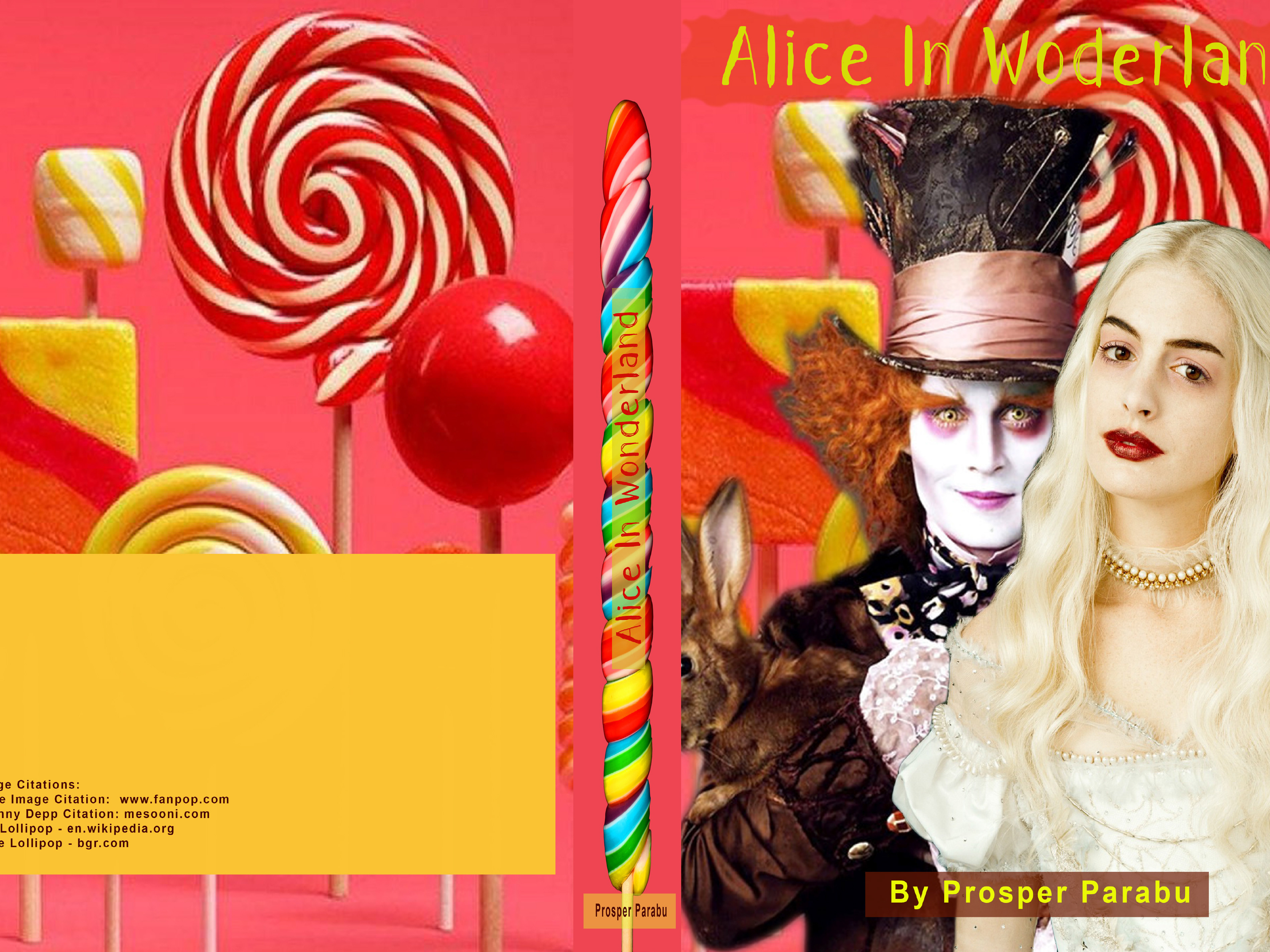Design History not Art History
Design Concept
The focus for my Design Research Class was on a often not talked about Design History. I’ve taken several types of Art History Classes for both my academic programs. To me, I thought they were one of the same. This class made me realize these are two different genres. With that being said, their is a cross over with design and studio arts because they both use the same visual concepts. The only difference too me is that studio artists works are displayed in galleries and museums and designers works are displayed in commercial advertising, branding, marketing and films. Sometimes studio artists works are displayed in the commercial advertising and branding campaigns too and vice-of-versa.
Studying in detail designer’s like Milton Glaser and Paula Scher made me realize design history is important. Most studio artists like Leonardo Da Vinci, Picasso, Andy Warhol and Shepard Fairey are household names that are easily recognizable. But rarely is there familiar name recognition for designers like Alexey Brodovitch, Saul Bass, Barbara Kruger, Paul Rand, etc. by the average consumer. I chose these particular designer's because aesthetically, their body of works are beautiful. Esoterically their designs spoke to me on more of a spiritual level that transcends the commercial monetary value.
Successful Commercial Designers in this Commercial Designers Infographics are:
Milton Glaser - Alive, Well, & Active: https://www.miltonglaser.com
Robert Indiana - Alive, Well, & Active: http://robertindiana.com
Paula Scher - Alive, Well & Active: https://www.behance.net/paulascher
Barbara Kruger - Alive, Well & Active: http://www.barbarakruger.com
Process: This is the first time I actually designed a infographics although I have designed statistical graphic charts and graphs in PowerPoint. I naively thought it was the same thing. Wrong!!! The infographic design process is technically and graphically extensive. The only thing thats similar is that both processes can communicates statistical data. I personally found that I had to left brain think from a logical perspective in the creative process for creating infographics vs. feeling from my right brain; a esoteric process in creating compositions.
Process: Adobe Photoshop & Adobe Illustrator









